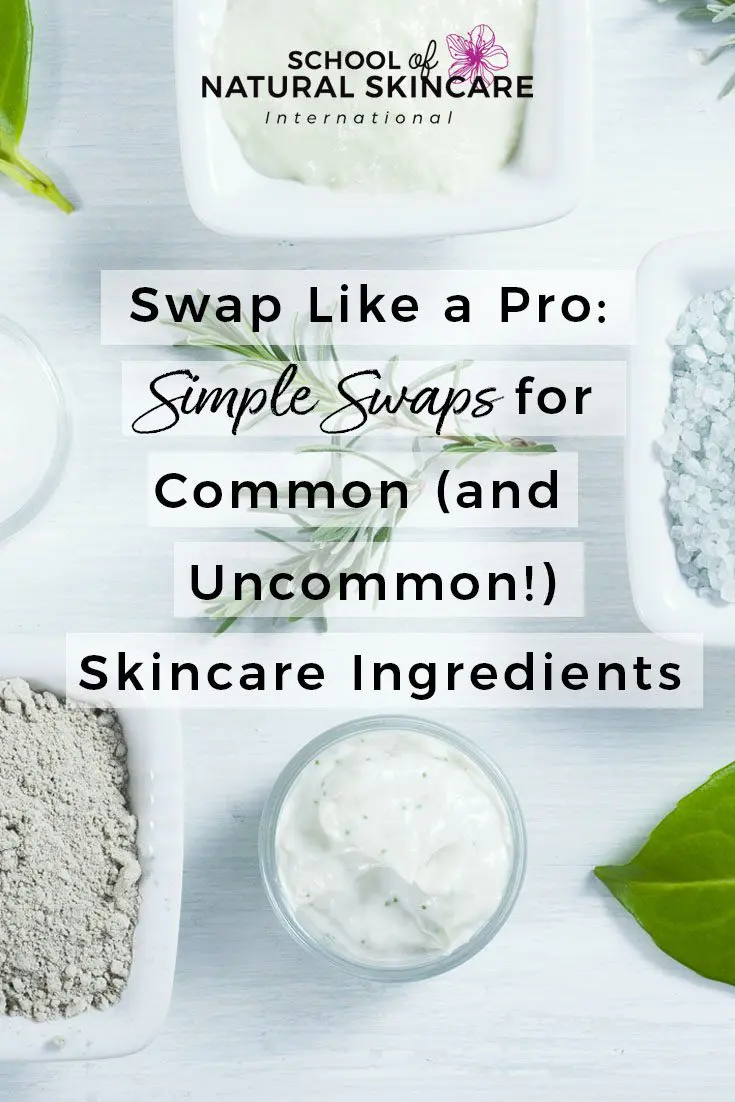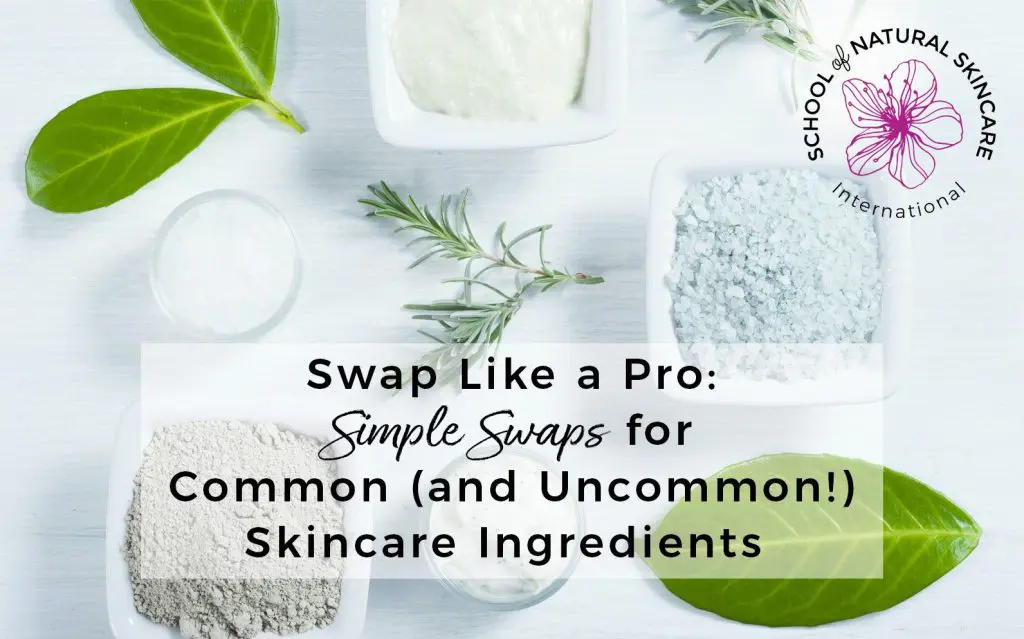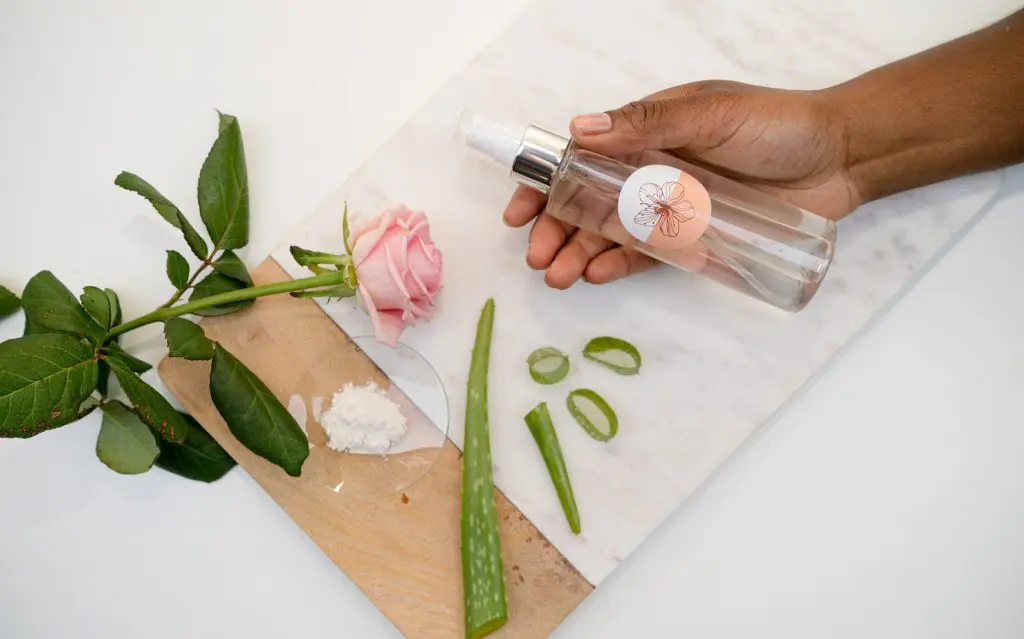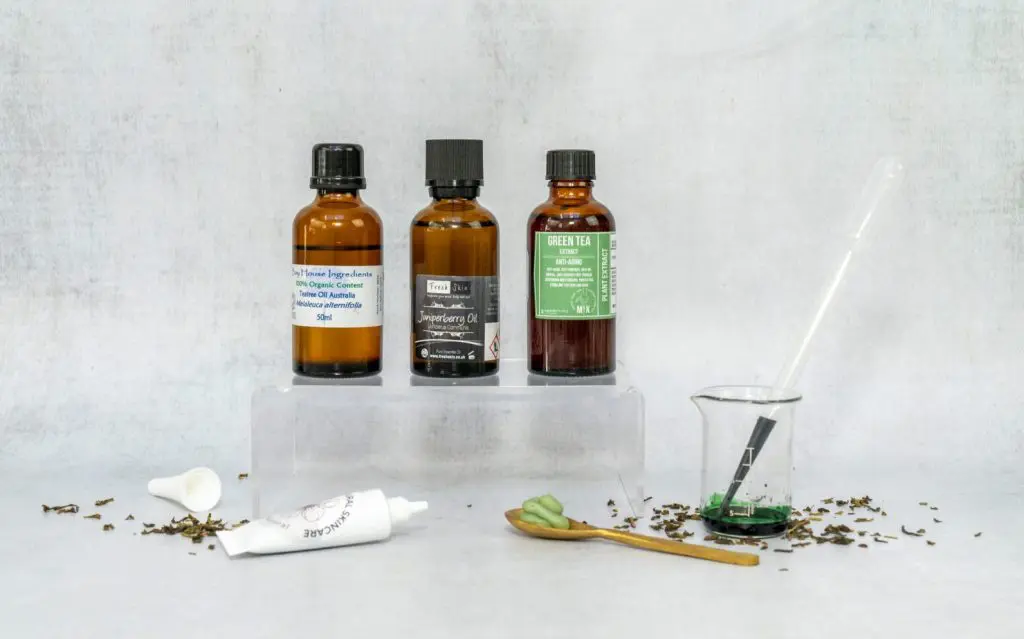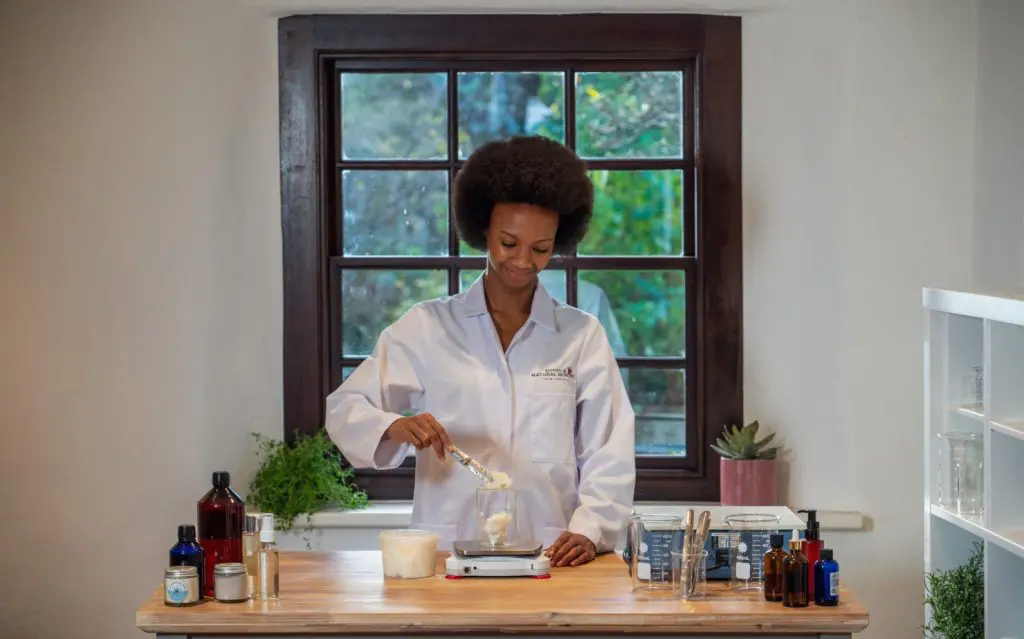We often hear from people who have questions about swapping out specific ingredients when they are working on their own skincare formulations, or when they are missing ingredients a recipe is asking for.
You might also want to swap one ingredient for another when you’re:
- Simplifying an expensive ingredient list with more affordable swaps,
- Changing up the scent profile to match your preferences,
- Transforming a simple skincare formulation to a more complex one by swapping out a common ingredient for a more specialized one,
- Or simply using an ingredient that is more readily available (or that you already have.)
Whether it’s an ingredient you can’t order in your area or one that doesn’t meet your personal needs and goals, ingredient swaps are an easy way to change up a formulation and customize the end product to your individual needs.

Beeswax
Beeswax is a favorite ingredient for many beauty recipes, especially balms where it provides the firm consistency. It has a naturally pleasant, light scent and wonderful occlusive and smoothing properties for the skin, but if you wish to create products that are free of any animal products, you’ll want to find a plant-based alternative.
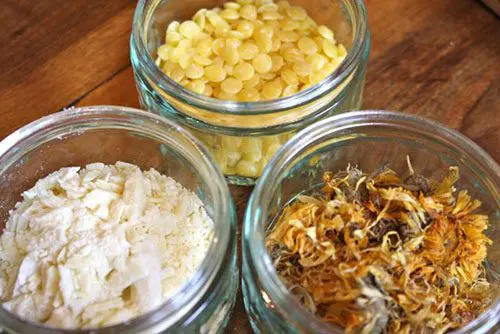
Simple swaps:
You can swap candelilla wax, soy wax, or carnauba wax in roughly the same quantities in most recipes.
Luxury swaps:
For a more luxury substitute, go for flower wax, which will also add a nice scent: Rose wax, jasmine wax, or mimosa wax are excellent choices. However, the product might be softer, so a higher percentage of flower wax is needed.
Carrier Oils
There are numerous excellent carrier oils that can be swapped in formulations. If you want to maintain a similar result, you can swap carrier oils for other carrier oils with similar fatty acid profiles. Or if you want to achieve a different result, you can swap the carrier oils to suit your skin type better.
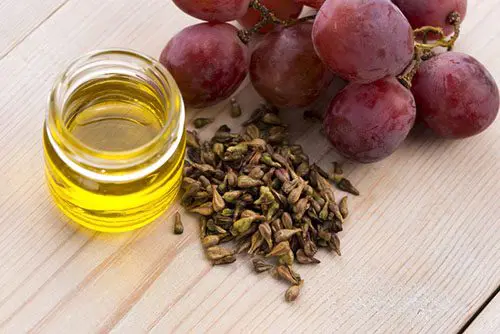
Simple swaps:
Sweet almond oil, peach kernel oil, apricot kernel oil, and plum kernel are very similar in composition and fatty acid profile, so can be used interchangeably without affecting the skin feel of benefits of the product if you simply don’t have one oil available. This is also useful for nut allergy sufferers. Hazelnut oil can be swapped for camellia oil for a fully nut-free alternative.
If you have dry skin, you might like to swap the formulation’s choice of carrier oils for avocado oil, argan oil, or macadamia nut oil. If you have oily skin, grape seed oil, hemp seed oil, or jojoba oil would be more suitable.
Luxury swaps:
Add a premium or exotic oil to give your formulation marketing appeal—for example, sea buckthorn oil, borage oil, or pomegranate seed oil.
Swap one oil for another with a more luxurious skin feel. For example, use olive squalane oil or jojoba oil. Or, swap a more basic carrier oil for a high performance one, such as evening primrose oil or rosehip oil.
Water
Many product types contain a large proportion of water. For example, creams and lotions are typically 60–80% water. Toners and spritzers can also be largely water based.
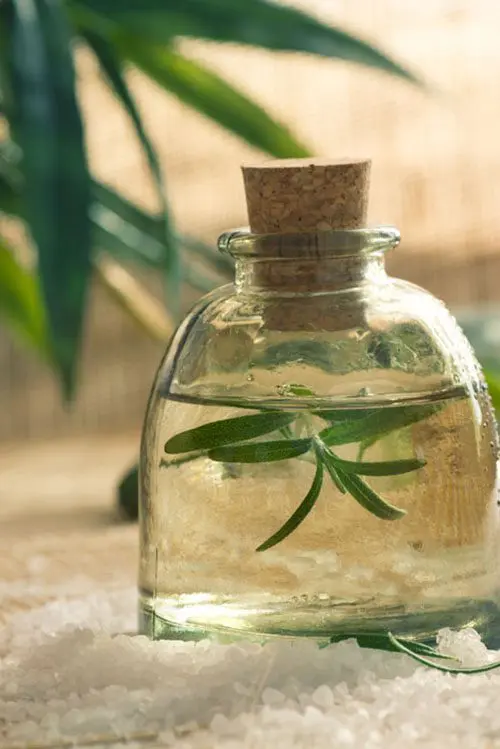
Simple swaps:
For recipes using water swapping some of all of the water to hydrosols (flower waters created during the process of steam-distilling essential oils) is a way to enhance both the scents and the benefits of your products.
On the other hand, you can replace some water with aloe vera juice which will also add soothing and moisturizing properties. (See this article for ideas)
Luxury swaps:
Enhance the hydrating properties of the water in your product by adding a water-soluble humectant, like glycerin or hyaluronic acid. See the section below for more information on humectants.
Butters
Butters add a richness and emolliency to creams, lotions, body butters and balms.
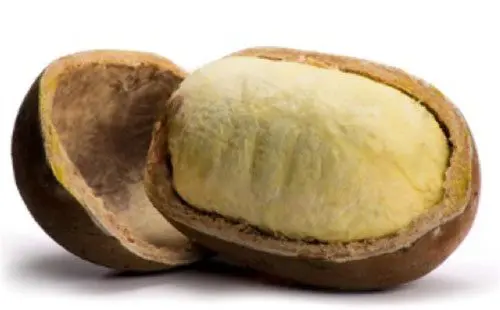
Simple swaps:
You can easily swap one soft butter for another soft butter without affecting the end result—for example, swapping shea butter for mango butter. Similarly, you can easily swap a hard butter for another hard butter, such as using kokum butter instead of cocoa butter.
Luxury swaps:
Try one of the newer and more exotic butters, such as murumuru butter, illipe butter, or cupuacu butter.
Humectants
Humectants increase the hydrating power of skincare products. They attract water and bind it to the skin, helping to keep it hydrated and moisturized, smooth and soft. Humectants can give skin a plumper look and improve the appearance of wrinkles. They are a wonderful addition to the water phase of a cream or lotion, or used in toners and spritzers. Glycerin is the most common humectant, and many people love using it, as it is inexpensive and effective. However, it can feel sticky if used in too high an amount.
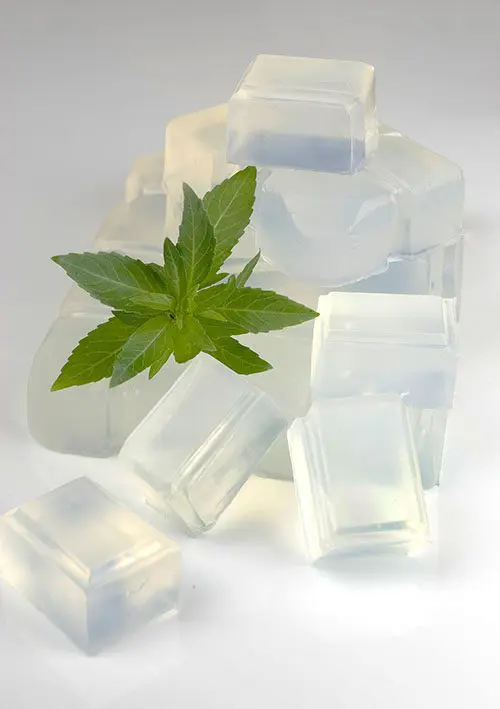
Simple swaps:
Sodium Lactate can be used in place of glycerin. This is effective in facial treatments for anti-aging applications to smooth fine lines, reduce wrinkles, and keep the skin soft, supple, hydrated, and smooth. It also acts as a mild AHA (alpha hydroxy acid) meaning it has an exfoliating action which smoothes and softens the skin, and can help the appearance of aging skin.
Propanediol is another alternative humectant and it also works as a preservative booster, helping to improve the efficacy of preservatives. It is Ecocert, COSMOS and Natural Product Association approved. It can be purchased from Lotioncrafter (USA) www.lotioncrafter.com.
Luxury swaps:
Hyaluronic acid is the strongest humectant we know of; it can absorb between 600–1000 times its own weight, making it highly applicative ingredient in moisturizing skincare. Plus, because it stimulates skin cell proliferation, it is also ideal for use in anti-aging and wrinkle-reducing formulas. It can be found in different molecular weights—smaller ones, which penetrate deeper into the skin and moisturize deeper layers of skin, as well as larger molecular weights, which are more effective in wound healing support.
Glycerol extracts are another luxury alternative to glycerin. They are concentrated plant extracts that have been extracted by infusing the plant material in vegetable glycerin. They add therapeutic properties depending on which botanical glycerol you choose. A few widely used and highly sought glycerol extracts for natural skincare are cucumber, comfrey, pomegranate, and witch hazel.
The wonderful thing about formulating and customizing your own products is being able to achieve nearly endless variations, from the simpler and more cost-effective, to ones that are truly lush and exotic.
Our Diploma in Natural Skincare Formulation is a great way to build your skills, expand your understanding of skin and ingredients, and take you step-by-step through designing, formulating, creating, and evaluating your own products. Learn how to take your hobby and elevate it into a business that has unlimited potential. Click here to get more information!
Free Guide
The Beginner's Guide to Formulating Natural Skincare Products (From scratch, like a professional!)
Start creating your own natural skincare products from scratch – rather than simply following recipes!
Learn how to formulate like a pro and discover our top tips for becoming a confident skincare formulator.
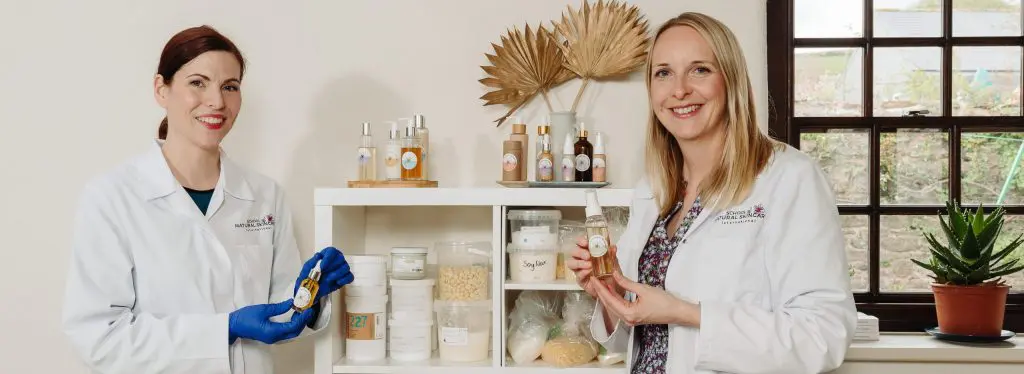
Exclusive for our newsletter subscribers. Sign up now.
We look after your data in accordance with our privacy policy.
Download this fabulous guide and you’ll learn:
- What formulating is and why you need to be doing it!
- The difference between following recipes and formulating your own products.
- Our step-by-step process to designing products people love.
- Four easy ways to personalize your skincare products.
- Choosing the right carrier oils for your beauty products.
- Plus, you’ll get our Safe Product Checklist: How to make sure the skincare products you make are safe and stable
Enjoyed reading this? Save this image below on Pinterest so you can be sure to remember!
